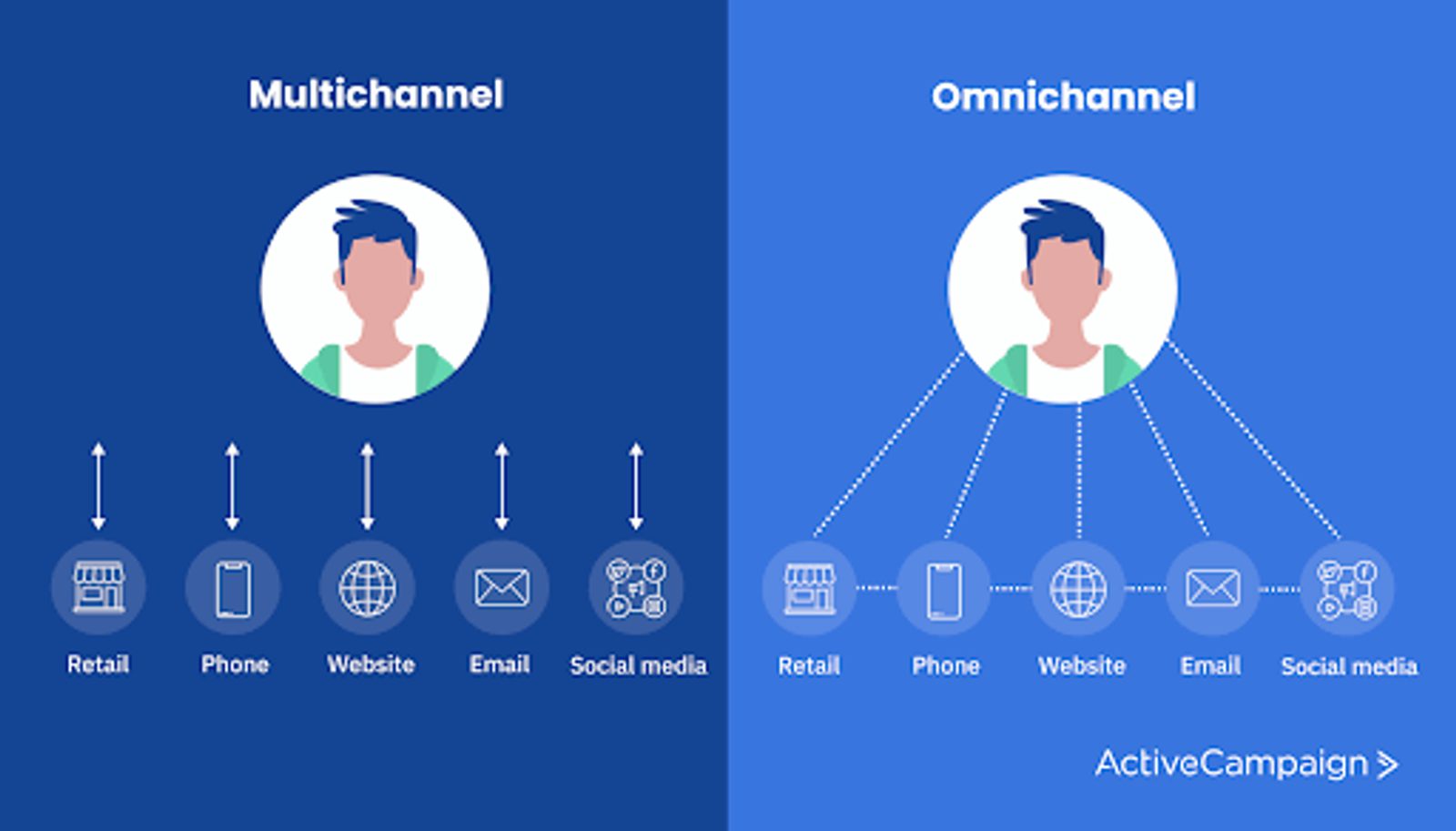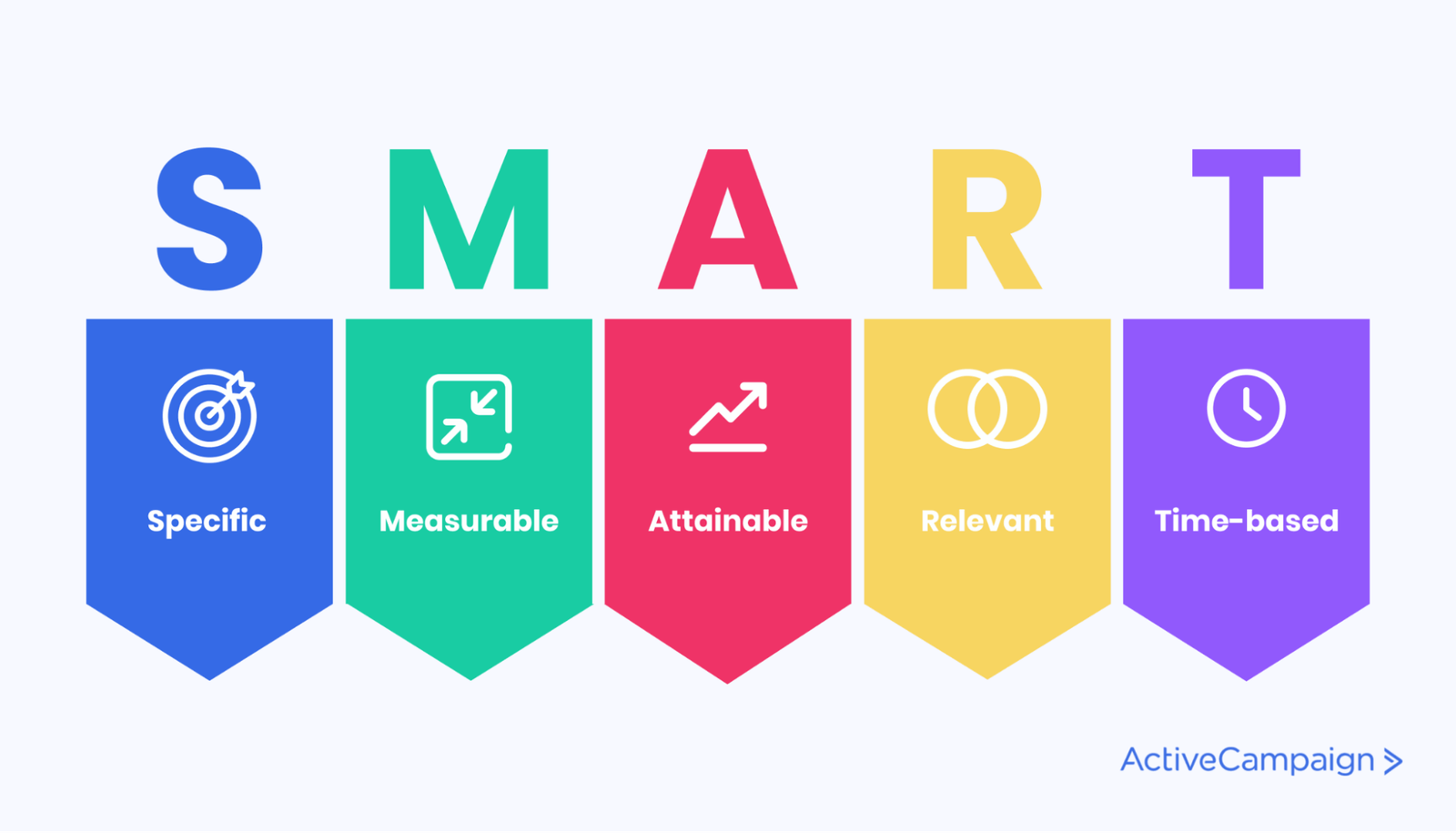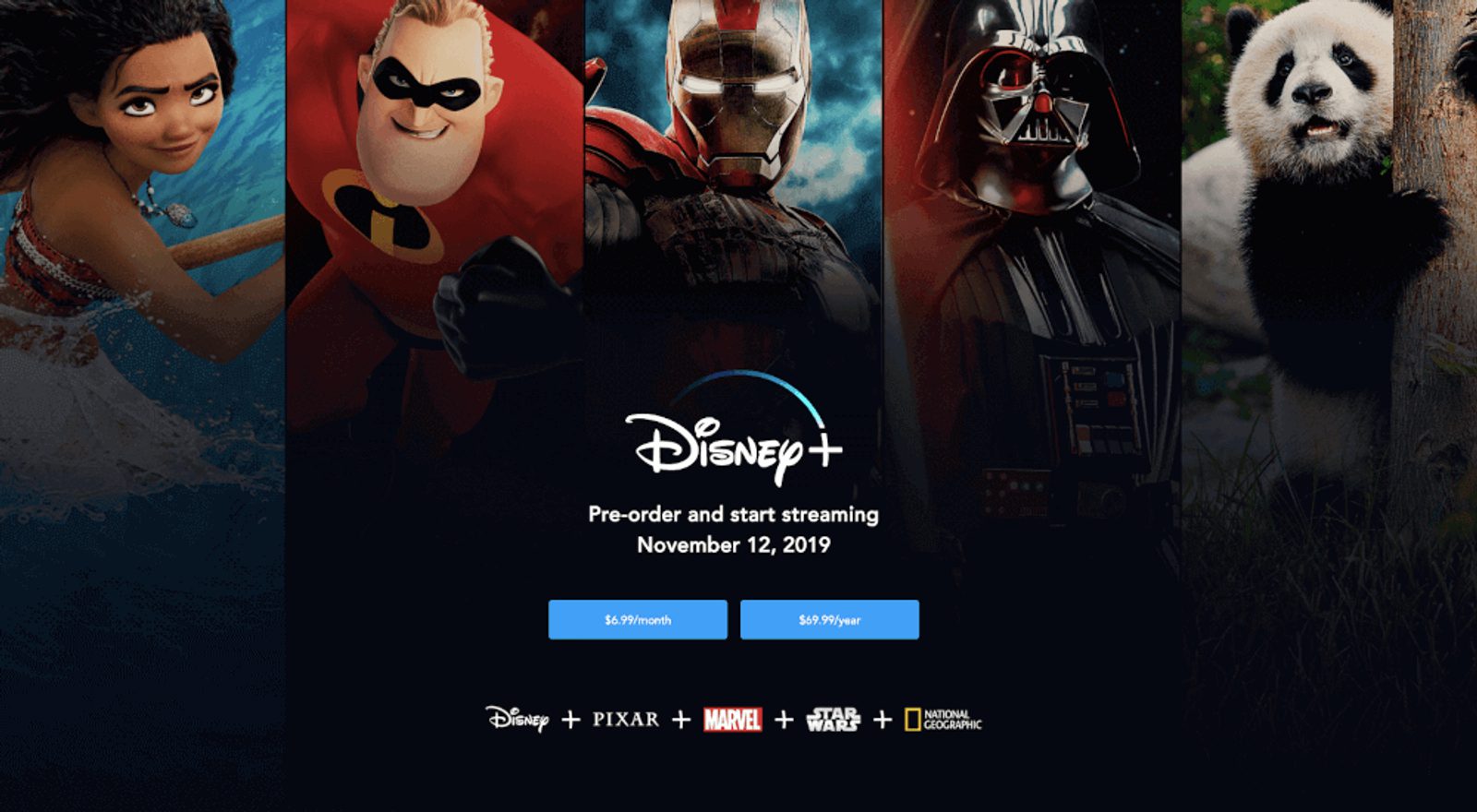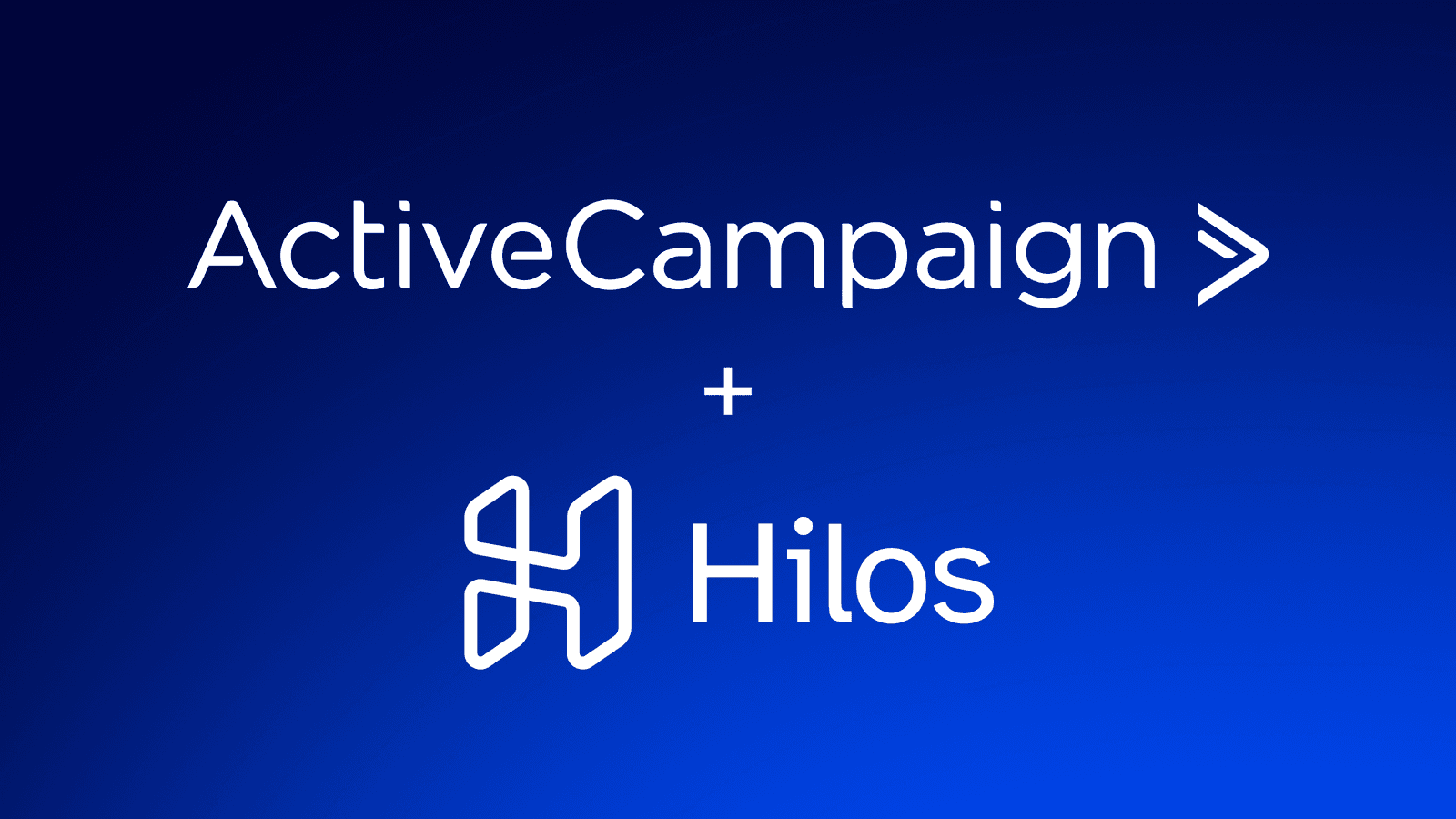Marketing campaigns are all around us.
They’re in your inbox, social media feeds, and television screen. And the greatest of them can increase brand recognition and sales and start conversations and lead people to form relationships with brands.
Even a small business or beginner marketer can plan and execute an effective marketing campaign (especially with the help of a small business marketing automation tool). Whatever your industry, a strong message and strategic communications can influence potential customers to act.
In this article, we’ll explain what a marketing campaign is and walk you through the 7 steps to planning a successful marketing campaign. We’ll also cover some examples and how to evaluate and learn from your campaign.
Table of contents
What is a marketing campaign?
A marketing campaign is a series of actions or activities that a brand takes to influence customers to take some action. Some examples include:
- Following the brand
- Learning about a new product
- Making a purchase
A marketing campaign usually involves a series of direct or indirect communications through 1 or more marketing channels. The most common channels include email, social media, text ads, display ads, and video.
A marketing campaign usually shares a main message, image, or theme across different channels. A marketing campaign is a coordinated effort to capture and channel an audience’s attention.
Types of marketing campaigns
While every marketing campaign is unique, there are a few main types. Here we’ll cover the most common, but marketers should feel empowered to combine different elements as needed.
Email marketing campaigns
Email has been around for decades but remains an important pillar of marketing campaigns. This is partly because it’s a popular channel across ages and demographics. In the US, 91.8% of Internet users also use email. That number is even higher among younger audiences.
Email marketing campaigns typically consist of a sequence of emails that drive recipients toward some action, such as filling out a form or making a purchase. An email marketing campaign could be as short as 2 or 3 messages or a months-long endeavor with dozens of messages.
Social media marketing campaigns
People often think of social media campaigns when they hear about “viral” marketing. Because a campaign’s target audience can share and engage with posts, a good social campaign can drastically increase a brand’s visibility and recognition. Many brands have cited increased exposure as the top benefit of social media marketing.
User-generated content is an important element of many social media marketing campaigns. Unlike an email or display ad campaign, where the marketing team creates most of the content, many social campaigns are designed to elicit responses from the public.
For example, Apple’s #shotoniphone campaign invites people to post pictures they’ve taken with their iPhones and use the hashtag. The photographers want their work to be seen, and Apple wants potential customers to see the quality of the iPhone’s camera. The #shotoniphone hashtag makes it easy for Apple and consumers alike to find this content.

For brands with an existing social following, a social media marketing campaign can be as simple as asking current customers to share their experiences. Cheerios, for instance, invited Instagram users to tag the brand in cute pictures of their kids eating the cereal.

While they commonly involve mixing brand and user-generated content, social media marketing campaigns often combine organic and paid content. They may even include influencer marketing, where brands work with third parties to promote themselves.
Social media’s reach and flexibility make it no surprise that businesses have named it the most popular digital marketing channel.
Advertising campaigns
Paid advertising isn’t new, but the ever-expanding digital world means there are endless ways for your ads to reach your audience. In fact, spending on Internet ads in the United States reached $218 billion in 2022.
The most common digital advertising platforms are Google and Facebook, but paid ads can also run on other social channels and search engines. Most of these platforms allow you to run both text and display (image-based) ads. Google, in particular, is always refining and updating its ad programs, allowing brands to reach those searching for related keywords.

A paid advertising campaign is often executed in conjunction with other arms of a larger marketing campaign. For instance, a brand might use campaign content in emails to its existing contacts while also deploying paid campaign ads to reach new potential customers.
Multi-channel and omnichannel campaigns
As we’ve already mentioned, many modern marketing campaigns are multi-channel. This allows you to reach different audiences and communicate with people in multiple places. Multi-channel campaigns may incorporate email, social media, advertising, web content, videos, and more.
Omnichannel campaigns are similar to multi-channel campaigns because they involve marketing across several channels. What sets omnichannel marketing campaigns apart is that they create more cohesive and often personalized customer experiences, sometimes spanning mobile devices, desktop computers, smartwatches, and retail technology.

In a multi-channel campaign, a potential customer might be marketed to through social media, paid ads, and email. In an omnichannel campaign, the content they engage with on social media could inform the content of the digital ad they see and the email they receive.
How to plan a marketing campaign in 7 steps
Each marketing campaign is different in its goals, content, and execution, but there are certain steps that any business can use to plan an effective campaign.
1. Identify the purpose
Before you jump into how your marketing campaign will work, you need to know the “why” behind your campaign. What’s the purpose of the campaign? It could be a response to an event or immediate need or part of a larger marketing or business strategy.
Some of the most common purposes, or “whys,” are to:
- Boost brand awareness
- Gain immediate sales/revenue
- Support a new product’s launch
- Create leads for future sales
- Increase customer retention
- Get the audience to engage with the content/brand
This step provides the foundation on which the rest of the campaign will rest. While it may be tempting to say your campaign will serve 3, 4, or more of the purposes above, it’s best to identify 1 primary purpose and possibly a second. This clarity will guide your decisions and execution.

2. Define your audience
Marketing campaigns are much more effective when everyone agrees on a target audience. When you know who you’re targeting, you’re better able to create a message and content that appeals to them. If you have existing buyer personas, that’s a great place to start.
Some marketing campaigns will speak to most, if not all, of your audience, but some are more specific. You may, for example, craft a multi-channel campaign to appeal to existing contacts who have never made a purchase. With this audience segment in mind, you can tailor your emails or ads to their level of familiarity.
3. Set marketing campaign goals
Your marketing campaign goals are where you turn your purpose into something measurable. If your purpose is to collect new leads, you should set a goal for how many new leads you’ll collect. If your purpose is to increase brand awareness, you could set goals for new social media followers, new email subscribers, or page traffic.

Many businesses now use the specific, measurable, achievable, relevant, and time-bound (SMART) model to ensure that their marketing goals are clear and effective.
You can determine whether a goal is achievable by looking at your existing data, and you can find out whether it’s relevant and meaningful to your business aims. For example, creating 100 new leads is a specific and measurable objective. By adding a deadline, you create a SMART goal to create 100 new leads by the end of Q4.
4. Choose a message or theme
This is where you bring creativity into your marketing campaign.
When you know why you’re planning a campaign, who you’re marketing to, and what you plan to accomplish, you can come up with a core message or theme to run through all the content.
Many marketing teams start by brainstorming and then discussing and narrowing down the concepts they’ve come up with. The goal isn’t necessarily to develop a single slogan that goes everywhere but to develop the main idea from which all the content and marketing activities can stem.
Some common themes are:
- Seasonal (back to school, Black Friday, Christmas holidays, etc.)
- Brand identity (find an exciting way to say who you are or offer an identity your audience can relate to)
- A new product
- A problem the customer needs to solve
5. Identify key assets
Now that you have a message, you can decide how to convey it to your audience. This means identifying which marketing channels you’ll use and what content you need.

For example, if you’re running a campaign using email, ads, and YouTube videos to promote the launch of a new product, you should make a list of all the different assets you’ll need: 3 YouTube videos, 5 emails, 4 display ads, 6 text ads, etc.
In this step, your initial campaign idea will be more work than expected. By confronting this during the planning process and adjusting your plans accordingly, you’ll avoid problems in the future.
6. Set a budget
This step may come much sooner. You may know how much you can invest in the campaign, and you might plan your assets accordingly. Above all, plan what you will have to spend and know where that money is coming from.
Whether you’re starting with a budget or a list of assets, you need to reconcile the 2, so the cost of each element of the campaign is planned for. With so many variables (digital ad pricing, creative iterations, time delays, etc.), building in some breathing room is never a bad idea.
7. Create an execution plan or calendar
You have your budget. You have your assets and communication channels. Now you need to make a plan to get all the tasks done. This final planning stage is about distributing responsibilities and creating deadlines.
For each asset, identify the steps that will bring it to fruition and who will be responsible. Think beyond creation (designing an ad) all the way through implementation (determine who runs the ads and when). Depending on how complex this gets, you may need a project management tool to manage everything.
All Your Marketing Campaigns in One Place
Marketing campaign examples
Let’s look at some examples of successful marketing campaigns to understand how they work and why they’re effective.
Spotify’s Wrapped
Spotify is 1 of the most popular music and audio streaming platforms, but it faces stiff competition from Apple Music and others. And even if you aren’t a Spotify customer, you can’t escape the brand at the end of the year since social media is overrun with Spotify’s Wrapped campaign.
In December each year, Spotify creates a personalized summary (or wrap-up) of what each user has listened to. Through slick design and animation, Spotify delivers statistics and trends regarding what people listen to.

Because Spotify tailors each listener’s experience to their tastes, the campaign successfully creates user engagement and public discussion. People share content from their Spotify Wrapped, which means Spotify-related images are everywhere for a week or longer.
Disney launches Disney+
With its decades’ worth of blockbuster films and theme parks worldwide, Disney wasn’t struggling with brand recognition. But at the end of 2019, they launched a brand-new endeavor: the Disney+ streaming service.
By announcing the new service well ahead of its launch, Disney built anticipation and garnered ongoing media coverage. They created a simple landing page highlighting the iconic properties that Disney+ would offer and used it to collect email addresses for a promotional email campaign. They also leveraged the social media profiles of their properties to alert followers of different divisions of the business.

In celebration of Disney+’s third anniversary, the company is launching a new Feels Like Home campaign with nostalgic videos and a new pricing tier. Disney+ shows how brands can use several channels to build anticipation, collect leads, and revive old products or properties.
How to evaluate a marketing campaign
With marketing campaigns, the work doesn’t end after you’ve sent the last email.
Performance evaluation is a key step to improving your future marketing efforts. The simplest place to start is with the SMART goals you set. Because these goals are measurable and time-based, you should be able to look at the numbers and know if you met each one.
From there, you and your marketing team should discuss why you succeeded or didn’t. Depending on what tasks they were responsible for, everyone involved will likely have different insights into what did and didn’t work as planned.
You may learn, for example, that your display ads led to many more conversions than your text ads or that your YouTube videos had a high number of views, but almost no 1 clicked through to your landing page. At the end of your evaluation, ask what you learned about your audience and what you can apply to future campaigns.
Frequently asked questions
Here we’ll cover some of the most common questions about marketing campaigns.
What’s the purpose of a marketing campaign?
The purpose of a marketing campaign is to influence an audience to take action that contributes to a business goal. Some marketing campaigns drive customers to purchase a product, whereas others aim to increase brand recognition. In general, marketing campaigns seek to capture an audience’s attention and influence them in a way that benefits a brand.
What makes a campaign successful?
The success of a marketing campaign depends on the campaign’s goals. A successful marketing campaign achieves or exceeds the goals the business has set. These goals may be measured by brand recognition, leads generated, revenue, or other business metrics.
A marketing campaign is often successful because it recognizes a customer’s desire, whether that desire is to solve a problem, acquire an identity, or experience a feeling. Campaigns are successful when they bring the right marketing message to the right audience at the right time.
How do you write a campaign strategy?
A campaign strategy is a blueprint for how to achieve a campaign’s goals. It begins with identifying what the campaign seeks to accomplish and what audience it will appeal to. From there, marketers should create a marketing message and an overarching plan for how to deliver and influence the audience.
Create campaigns with ActiveCampaign
You don’t have to be a huge company with a giant budget to run a great marketing campaign. With an understanding of your campaign’s purpose and audience, even a 1-person shop can create a successful campaign.
The exact mix of channels and content you use will differ depending on your industry and audience, but with measurable goals and honest evaluation, you’ll soon learn what works for you. The right marketing tool will help you learn and progress faster.
If you’re ready to build and implement stellar marketing campaigns, start your free trial of ActiveCampaign today.







